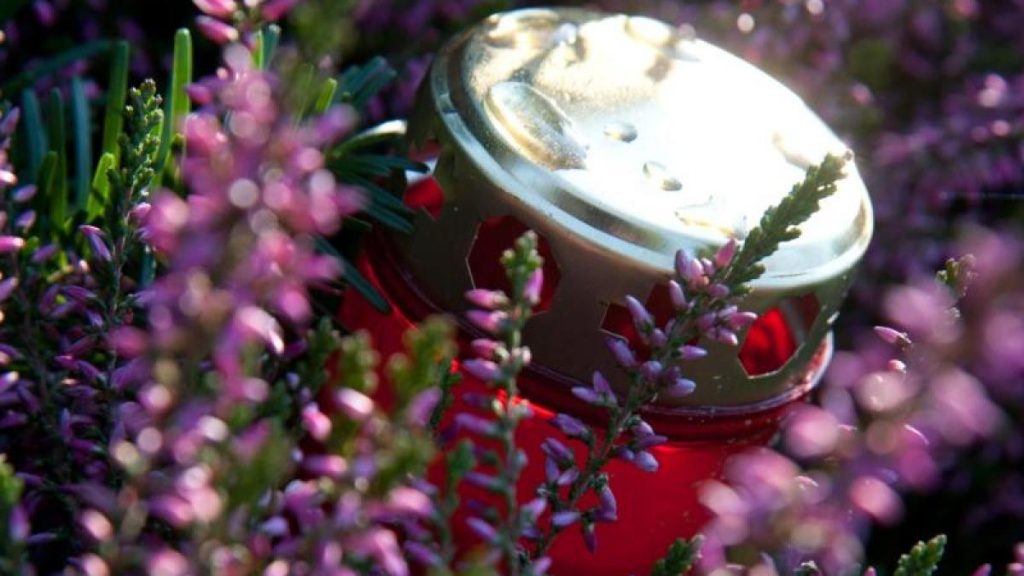Cemetery gardeners especially adore a special variety of the common heather: since the bloomers persist in the winter, they recommend planting graves from late summer and autumn. But heather is also striking.
Varieties known as heather bud do not open their flowers, only round colored buds are preserved. Because they cannot be pollinated in this way, the flowers remain beautiful when viewed for an especially long time, explains the German Tomb Garden Association. Even constant moisture and frost don’t change that. So these varieties last until winter.
More recommendations for planting graves from late summer and autumn are new varieties of heather common – budless varieties. Its green, yellow, and orange-yellow leaves in the fall, which turn red to almost black in winter, are striking.
The common heather, known as Calluna vulgaris, is an evergreen dwarf shrub no more than a meter high, explains the Essen Flower Office. It blooms in purple and pink.
The shrub loves a sunny to partially shaded spot in the garden as well as on the grave, and the soil is good to dry to semi-humid. Heather common is not a plant that must be replaced after one season: it can live from 10 to 15 years, in its natural form up to 40 years. All heather plants prefer a slightly acidic substrate and proper fertilizer, the gardeners at the cemetery explain. These are special products for rhododendron. (Dpa)

“Total coffee aficionado. Travel buff. Music ninja. Bacon nerd. Beeraholic.”








More Stories
Coral Seeding: Artificial Insemination Makes Coral More Heat Tolerant
Fear, Anger, and Denial: How People Respond to Climate Change – Research
LKH Graz: Using radiation to combat heart arrhythmias